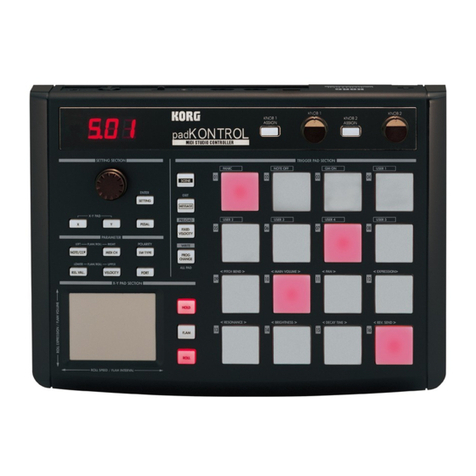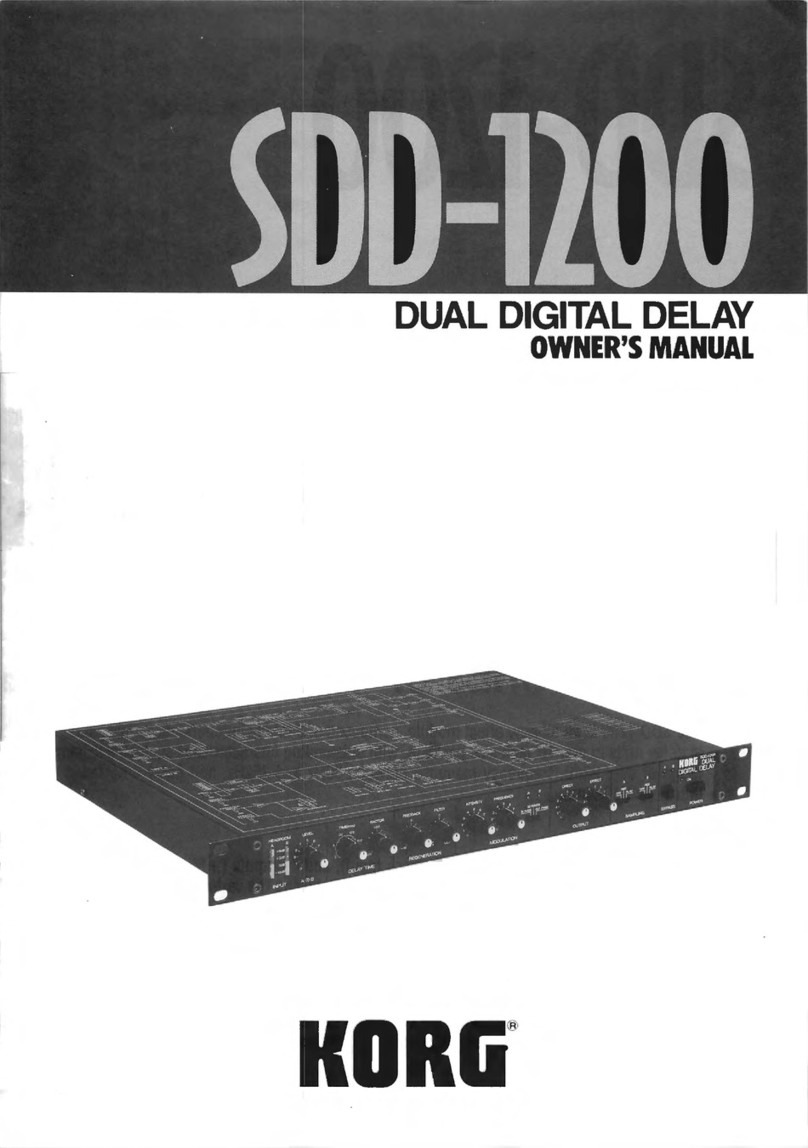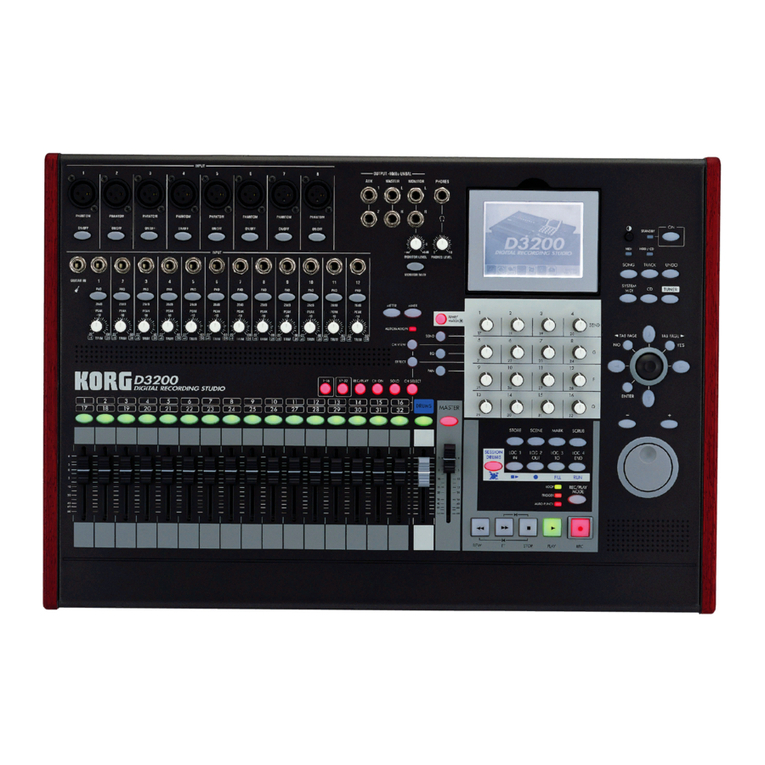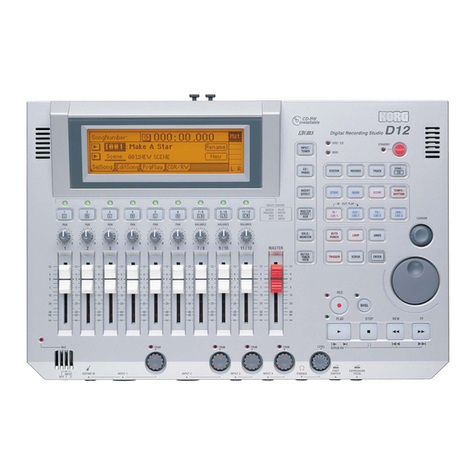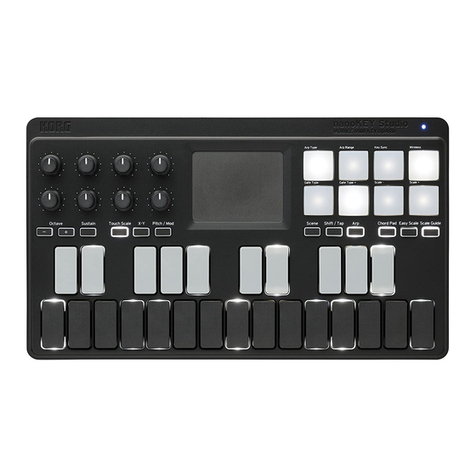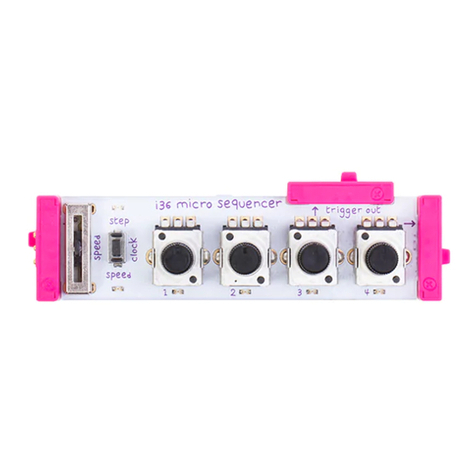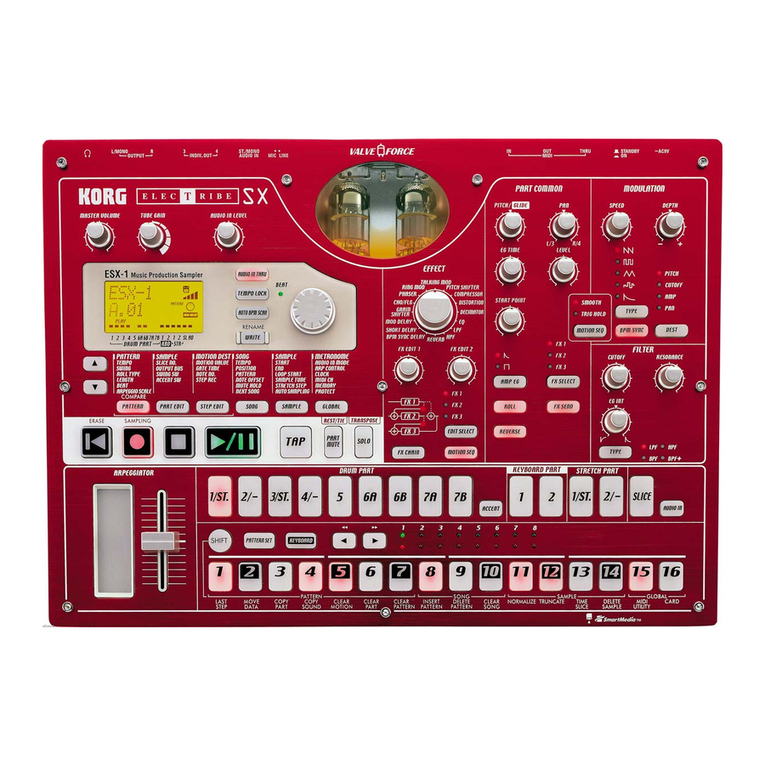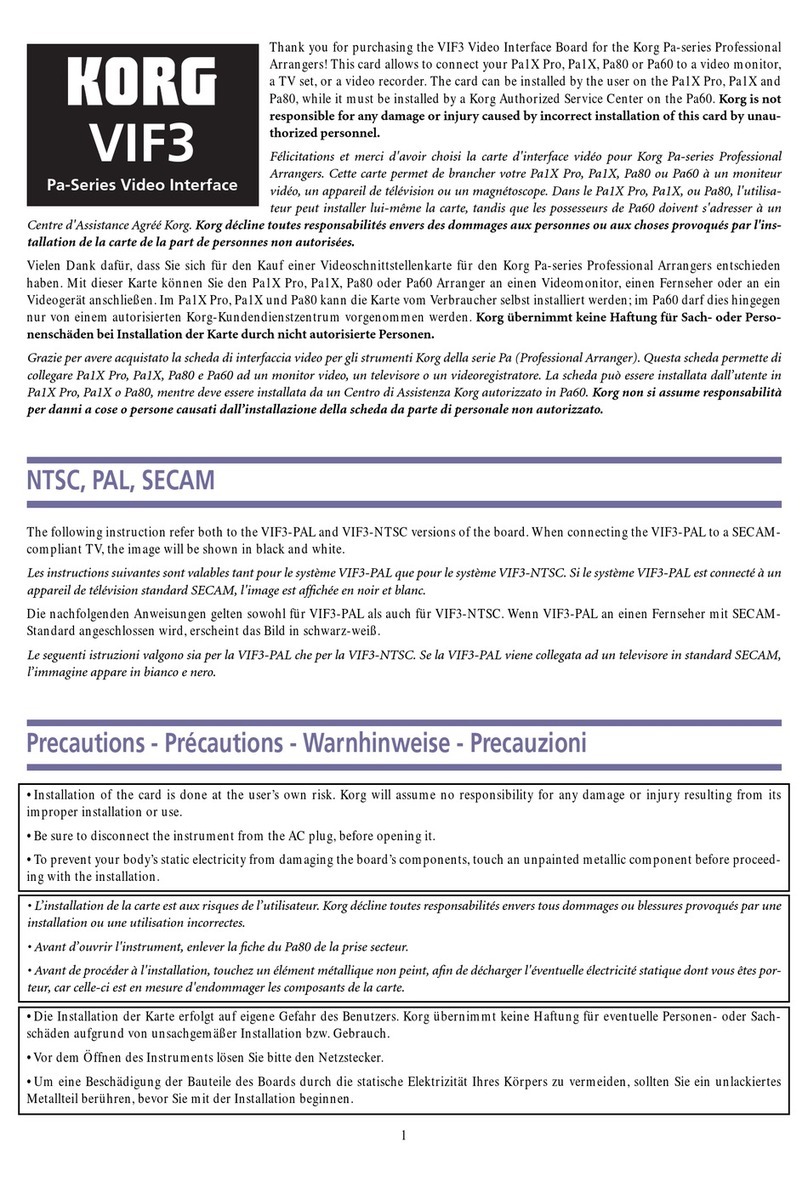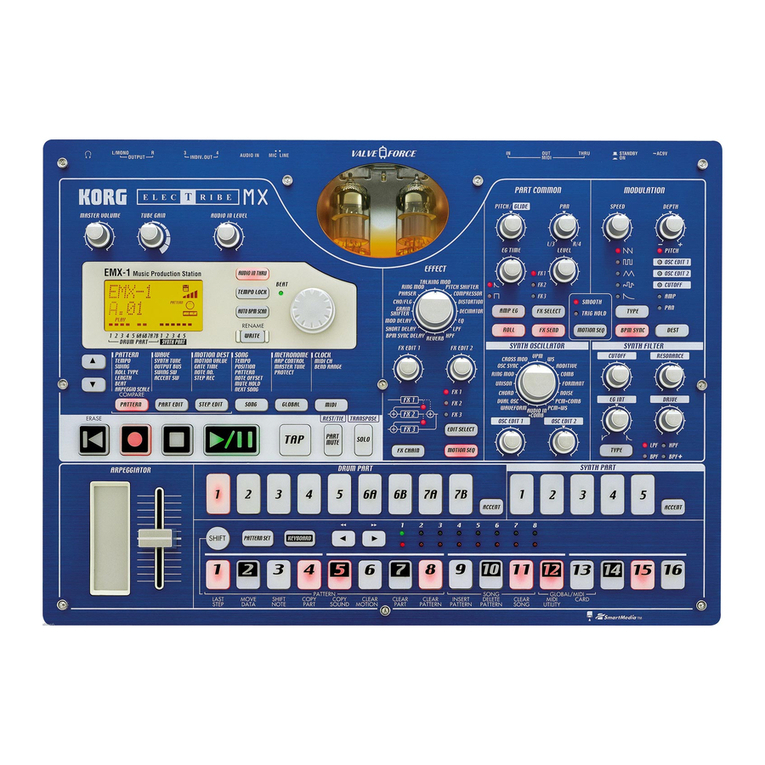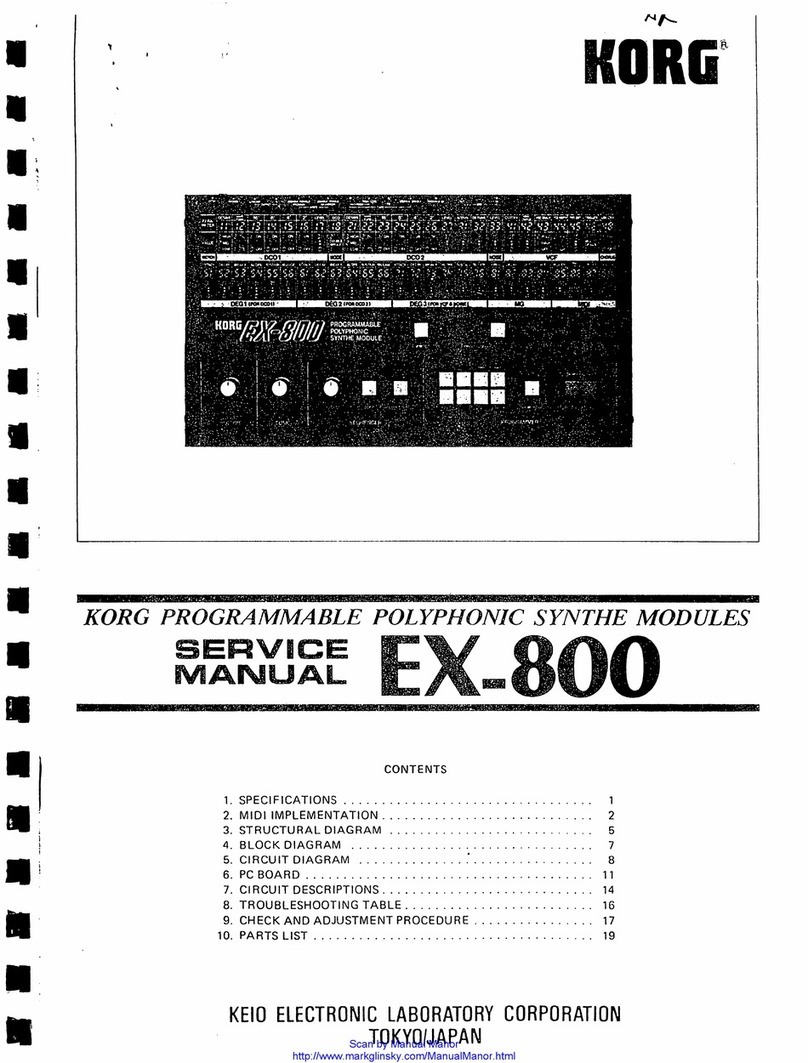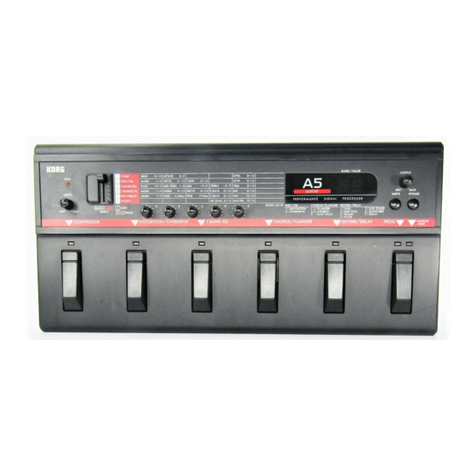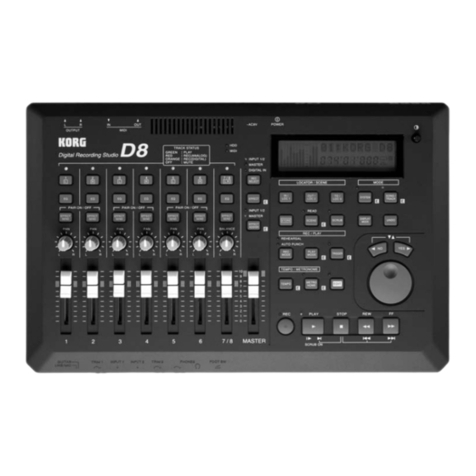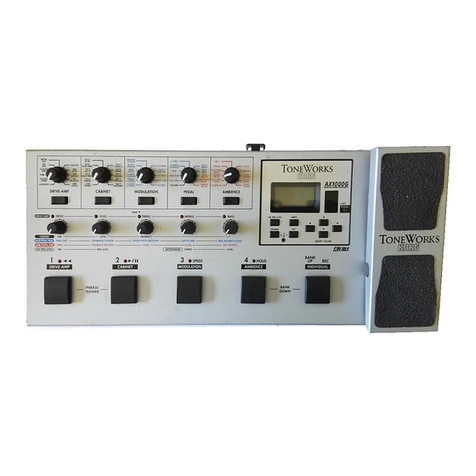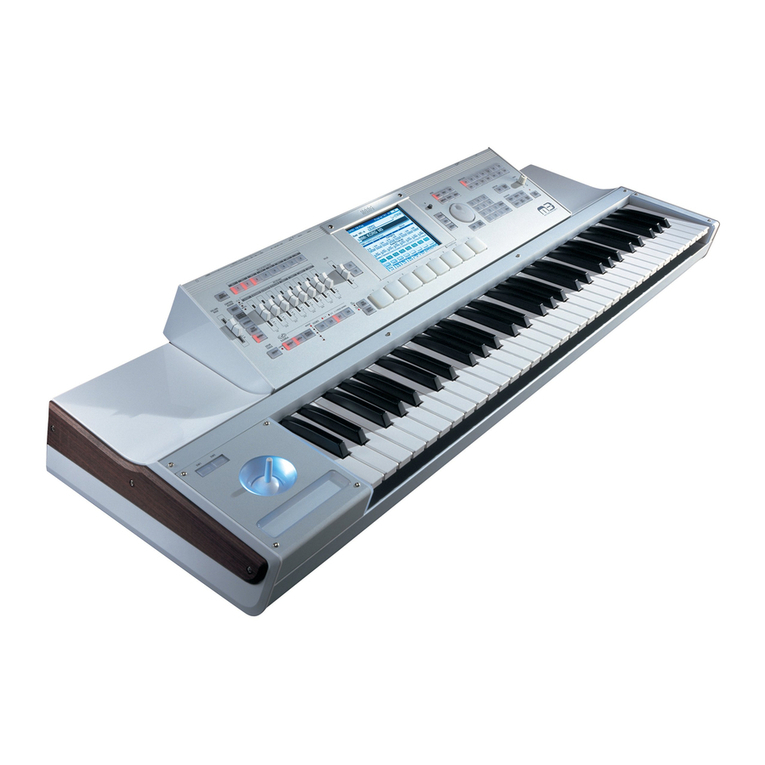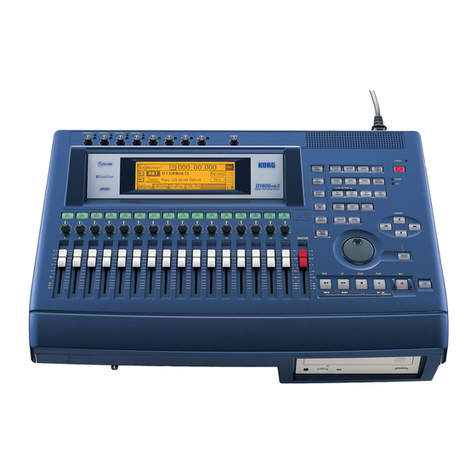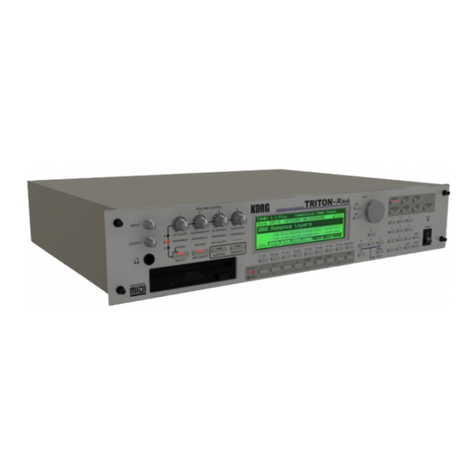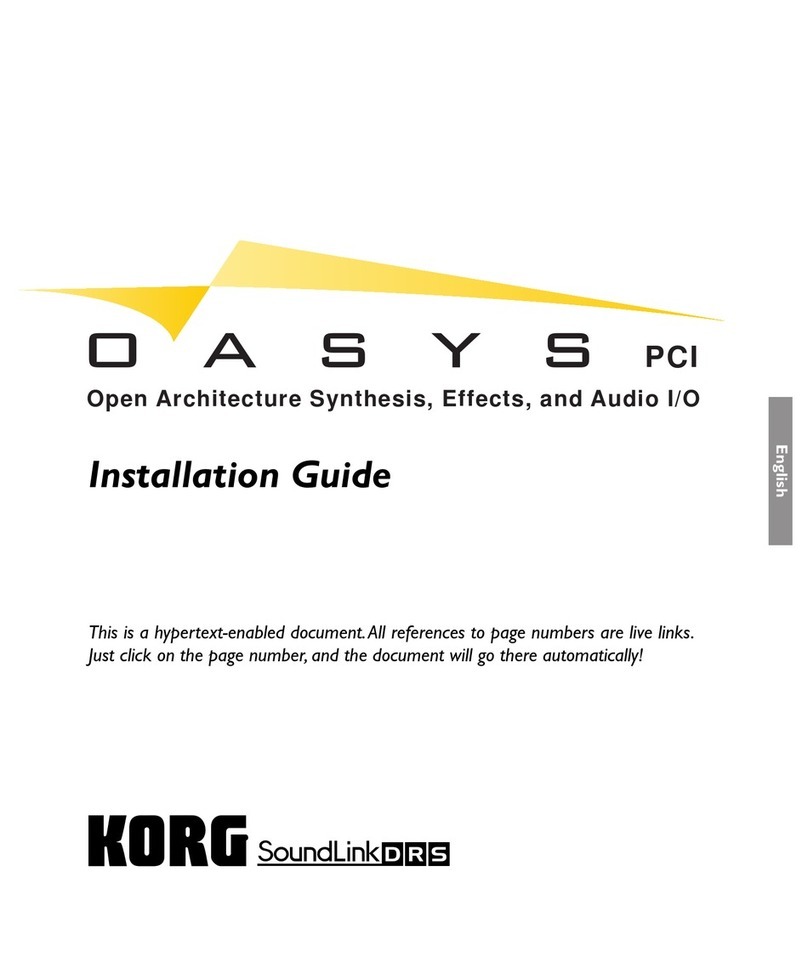2
To ensure long, trouble-free operation, please
read this manual carefully.
Precautions
Location
Using the unit in the following locations can re-
sult in a malfunction.
• In direct sunlight
• Locations of extreme temperature or humidity
• Excessively dusty or dirty locations
• Locations of excessive vibration
Power supply
Please connect the designated AC adaptor to an
AC outlet of the correct voltage.Do not connect
it to an AC outlet of voltage other than that for
which your unit is intended.
Interference with other electrical devices
This product contains a microcomputer. Radios
and televisions placed nearby may experience
reception interference.Operate this unit at a suit-
able distance from radios and televisions.
Handling
To avoid breakage, do not apply excessive force
to the switches or controls.
Care
If the exterior becomes dirty, wipe it with a clean,
dry cloth.Do not use liquid cleaners such as ben-
zene or thinner, or cleaning compounds or flam-
mable polishes.
Keep this manual
After reading this manual, please keep it for later
reference.
Keeping foreign matter out of your equipment
• Never set any container with liquid in it near
this equipment. If liquid gets into the equip-
ment,itcouldcause a breakdown,fire,orelec-
trical shock.
• Be careful not to let metal objects get into the
equipment. If something does slip into the
equipment, unplug the AC adaptor from the
wall outlet.Then contact your nearest Korg
dealer or the store where the equipment was
purchased.
